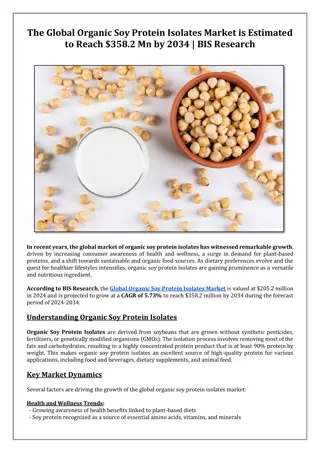
Doctrine of Lapse in Indian History: Understanding the Annexation Policy
Explore the Doctrine of Lapse, a policy implemented by Lord Dalhousie in India to annex princely states under specific conditions. Learn about its significance, impact on succession, and the states affected. Dive into the historical context of this controversial policy.
Download Presentation

Please find below an Image/Link to download the presentation.
The content on the website is provided AS IS for your information and personal use only. It may not be sold, licensed, or shared on other websites without obtaining consent from the author. If you encounter any issues during the download, it is possible that the publisher has removed the file from their server.
You are allowed to download the files provided on this website for personal or commercial use, subject to the condition that they are used lawfully. All files are the property of their respective owners.
The content on the website is provided AS IS for your information and personal use only. It may not be sold, licensed, or shared on other websites without obtaining consent from the author.
E N D
Presentation Transcript
WELCOME BY THE DEPARTMENT OF HISTORY
Introduction To Lapse Policy Doctrine of Lapse, In Indian History, Formula Devised By Lord Dalhousie, Governor-general of India (1848 56), to Deal With The Questions of Succession to Hindu Indian States.
MEANING OF LAPSE POLICY According to the doctrine, any Indian princely state under the suzerainty of the East India Company, the dominant imperial power in the Indian system of subsidiary alliances, would have its princely status abolished, and therefore be annexed into directly ruled British India, if the ruler was either "manifestly incompetent or died without a male heir . This supplanted the long-established right of an Indian sovereign without an heir to choose a successor.
STATES ANNEXED UNDER LAPSE POLICY Satara (1848) Baghat (1850) Tanjore and Arcot (1855). Jaitpur, Sambalpur (1849), Udaipur (Chhattisgarh State) (1852), Nagpur (1854), Udaipur (Chhattisgarh State) (1852),


















